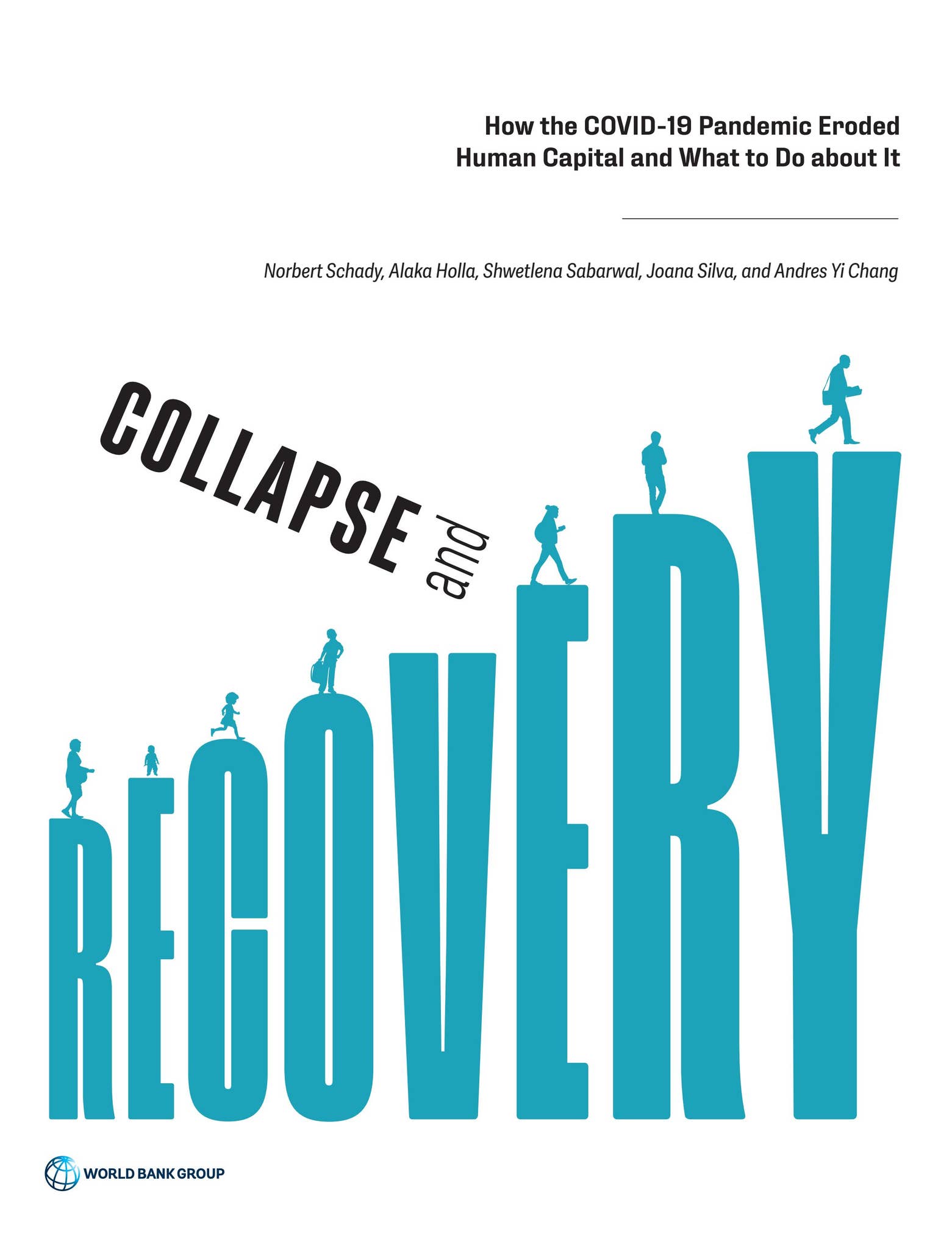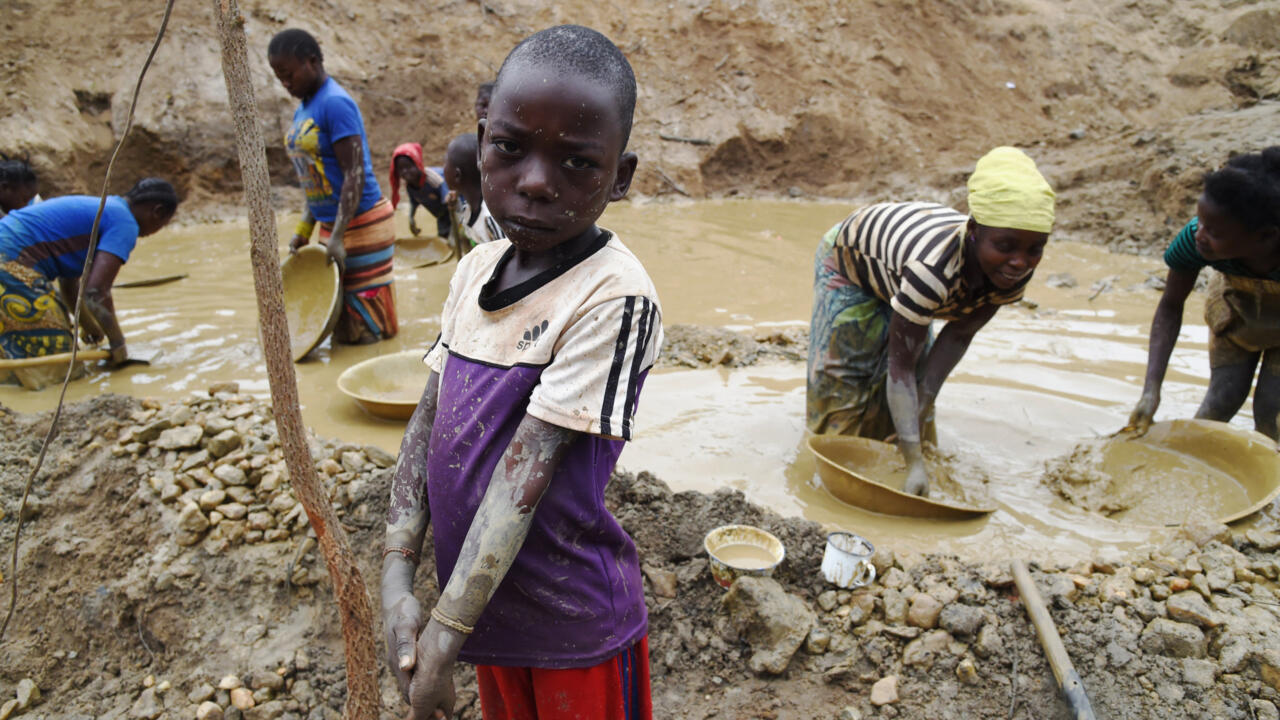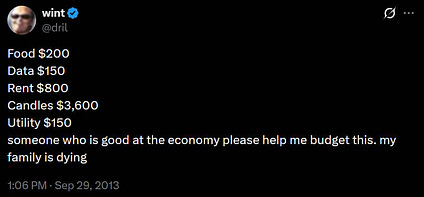Those left behind: the forgotten in the fight against global poverty – ILOSTAT

Global Poverty Report: An Analysis in the Context of the Sustainable Development Goals
Introduction: Poverty as a Barrier to Sustainable Development
Poverty is a fundamental violation of human dignity and a primary obstacle to achieving a safe, healthy, and fulfilling life. It curtails choices and opportunities, creating a cycle where denied access perpetuates further deprivation. The international community has formally recognized this challenge through frameworks such as the Millennium Development Goals and, more significantly, the 2030 Agenda for Sustainable Development. The central pledge of the Sustainable Development Goals (SDGs), particularly SDG 1 (No Poverty), is to eradicate poverty in all its forms everywhere. Despite significant progress over recent decades, global shocks, including the COVID-19 pandemic, have reversed gains, leaving an unacceptable number of people in extreme poverty. This report analyzes key figures on monetary and non-monetary poverty, assessing the progress and persistent challenges in our collective quest to achieve the SDGs and ensure no one is left behind.
Monetary Poverty Rates: Assessing Progress Towards SDG 1
Global Trends and Setbacks
The global effort to reduce poverty has seen substantial success, yet recent events have highlighted the fragility of this progress. The following points outline the trajectory of global monetary poverty:
- In 1981, 47.1% of the world’s population lived in extreme poverty (less than $3 per day).
- By 2018, this figure had fallen dramatically to 11.2%, demonstrating significant progress towards SDG 1.
- The COVID-19 pandemic caused the first increase in the global poverty rate in decades, rising to 11.4% in 2020. This translated to an additional 35.1 million people living in extreme poverty compared to 2018.
- Pre-pandemic levels were regained by 2022. As of 2024, the extreme poverty rate stands at 10.3%, affecting 839.2 million people.
Analysis of higher poverty lines reveals that the most vulnerable populations suffer the most from economic shocks, undermining the core SDG principle of protecting the poorest.
- $4.2 per day line: 1.5 billion people lived below this line in 2024. The pandemic slowed the rate of reduction but did not reverse it.
- $8.3 per day line: 3.8 billion people lived below this line in 2024. The declining trend was halted and reversed in 2020.
Regional Disparities and the “Leave No One Behind” Principle
A core tenet of the 2030 Agenda is to “leave no one behind.” However, data reveals stark regional inequalities that challenge this commitment.
- In 2024, the extreme poverty rate in Sub-Saharan Africa was 46.0%, compared to under 1% in Europe, Central Asia, and North America.
- Sub-Saharan Africa, with 15.9% of the world’s population, is home to 70.7% of the world’s extremely poor.
- Furthermore, 22 countries have remained in the low-income category since the late 1980s, indicating a systemic failure to foster inclusive growth and achieve the SDGs in these nations. Their GDP per capita has stagnated for over three decades, leaving them significantly behind the rest of the world.
Working Poverty: The Intersection of SDG 1 and SDG 8
Employment as a Pathway out of Poverty
While employment is a critical tool for poverty reduction, it does not guarantee an escape. The phenomenon of working poverty—where individuals remain in poverty despite being employed—highlights deficits in decent work, a key target of SDG 8 (Decent Work and Economic Growth).
- The global working poverty rate (at the outdated $2.15/day line) fell from 37.4% in 1991 to 6.9% in 2024.
- Similarly, at the $3.65/day line, the rate dropped from 56.6% in 1991 to 17.5% in 2024.
- While poverty is less prevalent among the employed than the non-employed, the protection offered by a job is often modest, indicating that many jobs lack the quality and income necessary to lift families out of poverty.
Geographical Concentration and Ineffective Coping Strategies
Working poverty is disproportionately concentrated in specific regions, mirroring overall poverty trends.
- In 2024, Africa accounted for 66.6% of the world’s working poor despite having only 15.6% of the world’s employed population.
- Multiple job-holding is often a strategy to escape poverty. However, its effectiveness varies significantly. In 90% of high-income countries, it is an effective strategy. In contrast, in low and lower-middle-income countries, job quality is often so poor that even multiple jobs do not provide a pathway out of poverty for workers and their families. This underscores the deep-seated challenges to achieving SDG 8 in the world’s poorest regions.
Beyond Monetary Measures: A Multidimensional Approach to the SDGs
Limitations of Monetary Poverty Metrics
Focusing solely on monetary poverty, as defined by international poverty lines, provides an incomplete picture. It fails to capture deprivations in other critical areas essential for human well-being and sustainable development. A person may be above the monetary poverty line but lack access to essential services, which are central to numerous SDGs.
The Need for a Multidimensional Poverty Analysis
To fully understand and address poverty in line with the 2030 Agenda, a multidimensional approach is necessary. This involves combining different measures to reflect the interconnected nature of deprivations. Valuable complementary measures include:
- National Poverty Lines: These reflect a country’s specific socioeconomic context, cost of living, and consumption patterns more accurately than international lines.
- Multidimensional Poverty Indices (MPIs): These assess deprivations across various dimensions, directly linking to a broader range of SDGs, including:
- SDG 3 (Good Health and Well-being): Access to quality healthcare.
- SDG 4 (Quality Education): Access to education and years of schooling.
- SDG 6 (Clean Water and Sanitation): Access to safe drinking water and sanitation facilities.
- SDG 7 (Affordable and Clean Energy): Access to electricity.
- SDG 11 (Sustainable Cities and Communities): Access to adequate housing and infrastructure.
By adopting a multidimensional perspective, policymakers can design more effective interventions that address the root causes of poverty and accelerate progress across the entire Sustainable Development Goals framework.
Analysis of the Article in Relation to Sustainable Development Goals
1. Which SDGs are addressed or connected to the issues highlighted in the article?
-
SDG 1: No Poverty
The article is fundamentally centered on poverty. It discusses its various forms, particularly monetary poverty, and the global commitment to its eradication. It provides detailed statistics on extreme poverty rates, the impact of the COVID-19 pandemic on poverty reduction, and the multidimensional nature of poverty, all of which are core components of SDG 1.
-
SDG 8: Decent Work and Economic Growth
The article dedicates a significant section to “Monetary working poverty.” It explains that employment does not always protect workers from poverty, pointing to deficits in job quality and pay. This directly relates to SDG 8’s goal of promoting sustained, inclusive, and sustainable economic growth, full and productive employment, and decent work for all.
-
SDG 10: Reduced Inequalities
The article repeatedly highlights the unequal distribution of poverty across the globe. It emphasizes that certain regions, like Sub-Saharan Africa, and a group of 22 low-income countries are being “left behind.” This focus on disparities between countries and regions is a central theme of SDG 10.
2. What specific targets under those SDGs can be identified based on the article’s content?
-
Under SDG 1 (No Poverty):
- Target 1.1: By 2030, eradicate extreme poverty for all people everywhere. The article directly addresses this by discussing global progress and setbacks in reducing the number of people living in extreme poverty, defined by international poverty lines such as $3 per day. It notes that in 2024, 10.3% of people globally still lived in extreme poverty.
- Target 1.2: By 2030, reduce at least by half the proportion of men, women and children of all ages living in poverty in all its dimensions according to national definitions. The article supports this by analyzing poverty at higher monetary lines ($4.2 and $8.3 per day) and acknowledging the importance of national poverty lines and the multidimensional nature of poverty beyond just income.
-
Under SDG 8 (Decent Work and Economic Growth):
- Target 8.5: By 2030, achieve full and productive employment and decent work for all women and men. The concept of “working poverty” discussed in the article is a direct counterpoint to “decent work.” The text states that for many, “employment income is not enough to lift them and their families out of poverty, pointing to serious deficits in job quality.” This shows a clear link to the goal of ensuring work is not just available, but also decent and productive.
-
Under SDG 10 (Reduced Inequalities):
- Target 10.1: By 2030, progressively achieve and sustain income growth of the bottom 40 per cent of the population at a rate higher than the national average. The article highlights that “GDP per capita has stalled for over three decades in these 22 [low-income] countries, while it has been growing in the rest of the world,” indicating a failure to achieve income growth for the world’s poorest populations.
- Target 10.2: By 2030, empower and promote the social, economic and political inclusion of all. The article’s central theme of “leaving no one behind” and its specific focus on the disproportionate poverty in Sub-Saharan Africa and 22 persistently low-income countries directly relates to the challenge of promoting inclusion and reducing the marginalization of these populations.
3. Are there any indicators mentioned or implied in the article that can be used to measure progress towards the identified targets?
-
For SDG 1 Targets:
The article provides several explicit quantitative indicators:
- Proportion of the population living below the international poverty line: The article states that in 2024, 10.3% of people lived on less than $3 per day. It also provides historical data, such as the 11.2% rate in 2018 and the 47.1% rate in 1981.
- Absolute number of people in poverty: It mentions that 839.2 million people lived in extreme poverty in 2024. It also quantifies the number of people living below higher poverty lines: 1.5 billion people below $4.2 per day and 3.8 billion below $8.3 per day in 2024.
- Geographical distribution of poverty: The article indicates that in 2024, Sub-Saharan Africa had an extreme poverty rate of 46.0% and was home to 70.7% of the world’s extremely poor population.
-
For SDG 8 Targets:
The article uses “working poverty rates” as a key indicator:
- Proportion of employed people living below the international poverty line (Working Poverty Rate): The article cites that the global working poverty rate fell to 6.9% in 2024 (using the $2.15/day line) and 17.5% (using the $3.65/day line).
- Geographical distribution of working poverty: It is stated that in 2024, Africa was home to 66.6% of the world’s employed living in extreme poverty.
-
For SDG 10 Targets:
The article implies indicators related to income growth and inequality:
- Stagnation of GDP per capita: The statement that GDP per capita has stalled for over three decades in 22 low-income countries serves as a direct indicator of the lack of economic progress for the poorest nations, which is a measure of inequality between countries.
- Concentration of poverty: The statistic that Sub-Saharan Africa, with only 15.9% of the world’s population, accounts for 70.7% of the world’s extremely poor is a stark indicator of global inequality.
4. Summary Table of SDGs, Targets, and Indicators
| SDGs | Targets | Indicators |
|---|---|---|
| SDG 1: No Poverty |
1.1: Eradicate extreme poverty for all people everywhere.
1.2: Reduce at least by half the proportion of people living in poverty in all its dimensions. |
– Proportion of the population living on less than $3 per day (10.3% in 2024). – Absolute number of people in extreme poverty (839.2 million in 2024). – Regional poverty rates (e.g., 46.0% extreme poverty in Sub-Saharan Africa). – Number of people living on less than $4.2 per day (1.5 billion) and $8.3 per day (3.8 billion). |
| SDG 8: Decent Work and Economic Growth | 8.5: Achieve full and productive employment and decent work for all. |
– Global working poverty rate (6.9% in 2024 based on the $2.15/day line). – Regional concentration of working poverty (Africa is home to 66.6% of the employed in extreme poverty). – Inadequacy of pay in low-income countries, where multiple jobs do not guarantee an escape from poverty. |
| SDG 10: Reduced Inequalities |
10.1: Sustain income growth of the bottom 40 per cent of the population.
10.2: Promote the social and economic inclusion of all. |
– Stagnation of GDP per capita for over three decades in 22 low-income countries. – Disproportionate concentration of the world’s extremely poor in Sub-Saharan Africa (70.7% of the poor vs. 15.9% of the population). – The concept of certain countries and populations being “blatantly being left behind.” |
Source: ilostat.ilo.org

What is Your Reaction?
 Like
0
Like
0
 Dislike
0
Dislike
0
 Love
0
Love
0
 Funny
0
Funny
0
 Angry
0
Angry
0
 Sad
0
Sad
0
 Wow
0
Wow
0















































/environment-climate-change-and-health-(ech)/water-sanitation-hygiene-and-health-(wsh)/landfill-tuvalu-36092.tmb-1200v.jpg?sfvrsn=5c21fe40_1#)


.jpg.webp?itok=0ZsAnae9#)

























